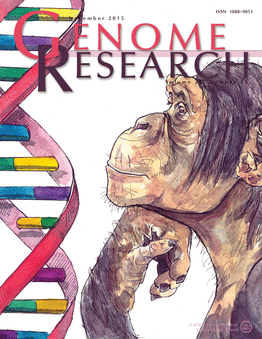
Abstract: Knowledge of the genome-wide rate and spectrum of mutations is necessary to understand the origin of disease and the genetic variation driving all evolutionary processes. Here, we provide a genome-wide analysis of the rate and spectrum of mutations obtained in two Daphnia pulex genotypes via separate mutation-accumulation (MA) experiments. Unlike most MA studies that utilize haploid, homozygous, or self-fertilizing lines, D. pulex can be propagated ameiotically while maintaining a naturally-heterozygous, diploid genome, allowing the capture of the full spectrum of genomic changes that arise in a heterozygous state. While base-substitution mutation rates are similar to those in other multicellular eukaryotes (~4 x 10-9 per site per generation), we find that the rates of large-scale (>100 kb) de novo copy-number variants (CNVs) are significantly elevated relative to those seen in previous MA studies. The heterozygosity maintained in this experiment allowed for estimates of gene-conversion processes. While most of the conversion tract lengths we report are similar to those generated by meiotic processes, we also find larger tract lengths that are indicative of mitotic processes. Comparison of MA lines to natural isolates reveals that a majority of large-scale CNVs in natural populations are removed by purifying selection. The mutations observed here share similarities with disease-causing complex, large-scale CNVs, thereby demonstrating that MA studies in D. pulex serve as a system for studying the processes leading to such alterations.
http://genome.cshlp.org/content/early/2015/10/30/gr.191338.115.abstract
